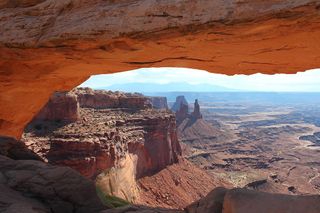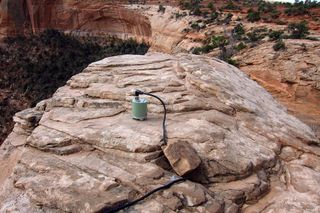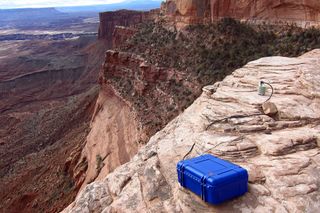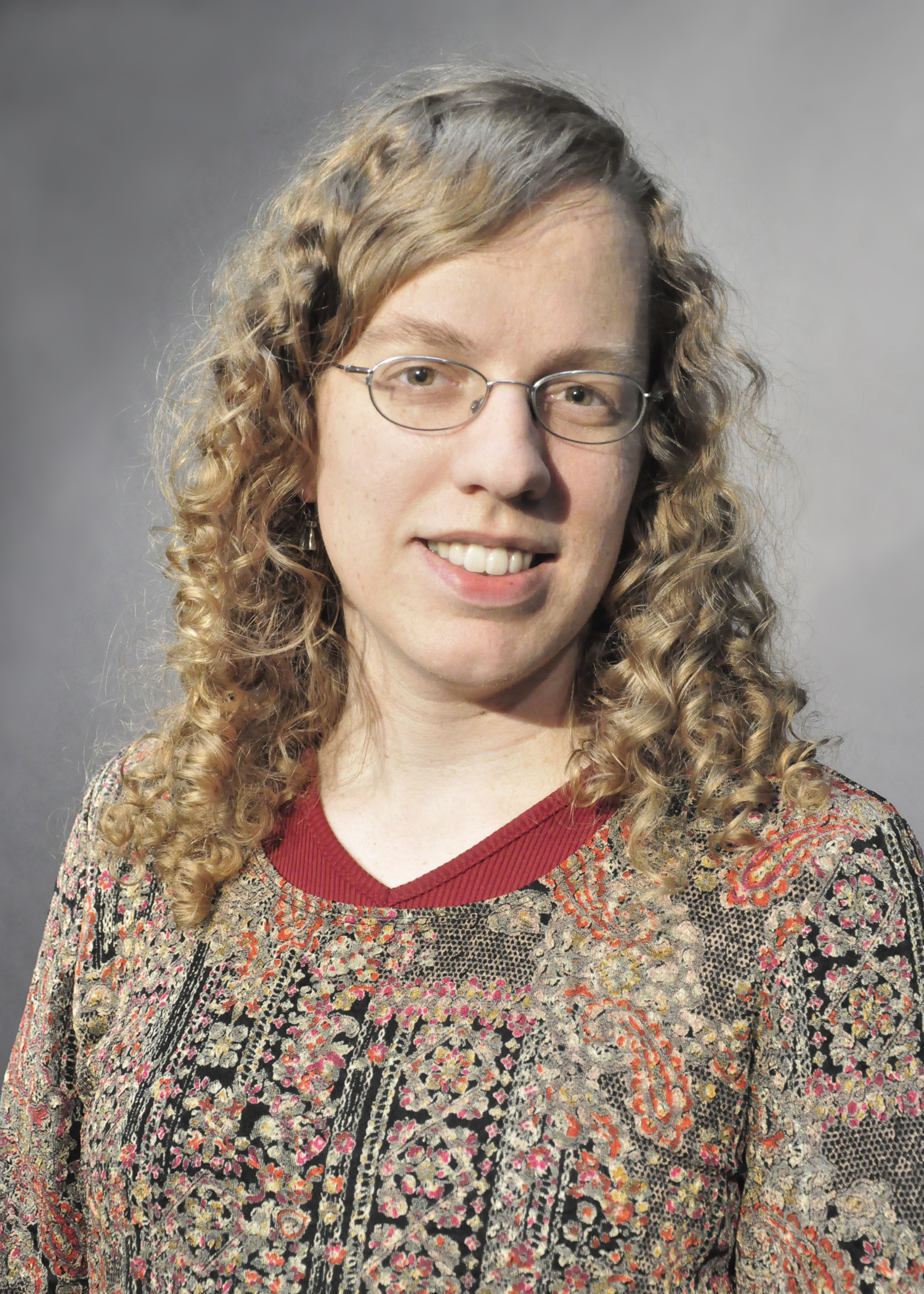Photos: Listening In On Mesa Arch's Internal 'Hum'
Researchers recently visited two parks in Utah to monitor the health of some of the state's iconic natural arches. Examinations of the spectacular Mesa Arch showed that the famous structure is in no imminent danger of collapse, according to a new study. The researchers used a new technique that involves "listening" to the natural vibrations of the arch with seismometers. (Images credit: Jeff Moore.) [Read full story about how scientists eavesdropped on the arches]
A popular picture

A new study listened in on the vibrational "hum" from Mesa Arch, one of the most photographed natural structures in Utah.
Dangers abound

While Mesa Arch (in Canyonlands National Park) is safe from collapse, more than 40 arches in another Utah park — Arches National Park — have collapsed since 1977.
A big draw

Arches, such as Mesa Arch, are a large tourist attraction for visitors to Utah.
Sign up for the Live Science daily newsletter now
Get the world’s most fascinating discoveries delivered straight to your inbox.
No need to worry

Although a crack is visible in this photo of Mesa Arch, researchers found no evidence of worrisome damage to the structure.
Taking the tech

The researchers used portable seisomometers to investigate the health of Mesa Arch in Utah.
Longterm lessons

Mesa Arch was measured nine times over the course of about 18 months. The initiative could be the start of a wider monitoring program in the region.
Lesson in listening

The seismometer method of "listening" to the vibrations of Mesa Arch borrows from techniques used to monitor the structural health of buildings and human-made bridges.
What does an arch say?

This is a readout from "listening" to the inside of Mesa Arch with a seismometer.
Follow Live Science @livescience, Facebook & Google+.

